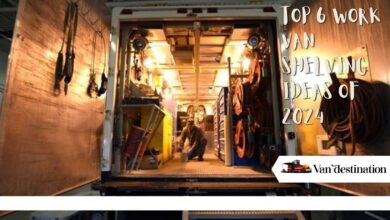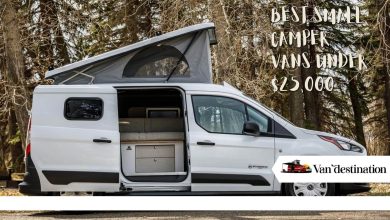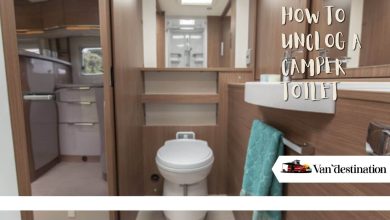How Much Propane Does An RV Furnace Use?
Your RV furnace plays a crucial role in keeping you warm when temperatures drop during your travels. However, understanding how much propane your RV furnace consumes is essential for efficient usage. Let’s delve into the workings of an RV furnace, its energy sources, and how to calculate propane usage.
Propane vs. Electricity: What Powers RV Furnaces?
Most RVs are equipped with an onboard propane furnace, though alternative heating systems exist. Some RVs may feature hydronic heating systems, such as Aqua-Hot’s diesel hydronic system. It’s also possible to find RV furnaces with electric heating elements, allowing users to switch between propane and electric heat.
However, the most common RV furnace runs on propane and requires 12V DC electricity from onboard batteries. While propane heats the rig, the furnace relies on electricity for the circuitry, thermostat, and blower fan operation.
Do Most RV Furnaces Run Off of Propane or Electricity?
Most RVs come equipped with an onboard propane furnace as the primary heating source. While alternative heating systems like hydronic systems or electric heating elements exist, propane furnaces, powered by both propane and 12V DC electricity from onboard batteries, are the standard choice for many RVers.
How Does a Propane Furnace in an RV Work?
The operation of an RV propane furnace involves a series of steps:
- The thermostat sends an electrical signal to the furnace’s circuit board.
- The relay starts the blower motor, activating the sail switch.
- The high-level switch ensures the burner chamber’s temperature is safe.
- The gas valve opens, allowing propane into the combustion chamber.
- The ignition module sends current to the ignitor, creating a spark and igniting the propane.
- Heat is produced, flowing through the heating ducts to warm the RV.
Read More: How to Keep RV Water Hose From Freezing
The Mechanics of an RV Propane Furnace
Understanding how an RV propane furnace operates is crucial to estimating propane usage. The process involves several steps:
- Thermostat Signal: The thermostat sends an electrical signal to the furnace’s circuit board.
- Blower Activation: The signal activates the blower motor, ensuring proper airflow for combustion fume exhaustion.
- Safety Checks: The high-level switch confirms safe temperatures in the burner chamber.
- Gas Valve Opening: The gas valve opens, allowing propane into the combustion chamber.
- Ignition: The ignition module creates a spark, igniting the propane and producing heat.
For detailed insights into the RV furnace operation, additional posts on the sail switch and handling furnace fan issues are available.
Estimating RV Furnace Propane Usage
Determining the exact propane consumption varies due to factors like RV size, insulation, and thermostat settings. However, a straightforward method to estimate usage involves the furnace’s BTU (British Thermal Unit) input rating.
Here are common RV furnace sizes with their BTU ratings:
- 40,000 BTUs
- 30,000 BTUs
- 25,000 BTUs
- 20,000 BTUs
To calculate propane usage:
- Identify the furnace’s BTU rating (found on the furnace or in the RV manual).
- Multiply the BTU rating by the run time to get the total BTUs used.
Example: A 30,000 BTU furnace running continuously for one hour uses 30,000 BTUs or around 1/3rd of a gallon. For a 3-hour run, it consumes almost a gallon.
Adjust the calculations based on your furnace’s actual run time. If, for instance, the furnace runs for 20 minutes, the propane usage would be proportionally lower.
Example: A 30,000 BTU furnace running for 20 minutes uses approximately a tenth of a gallon.
Considering the cool-down period after the burner shuts down, where no propane is consumed, these estimates offer practical insights into RV furnace propane usage.
Conclusion
Understanding RV furnace propane usage is crucial for efficient fuel management during travels. By grasping the mechanics and utilizing BTU ratings, RVers can estimate propane consumption and plan accordingly, ensuring a warm and comfortable journey.
Read More: How to Winterize RV Water System



